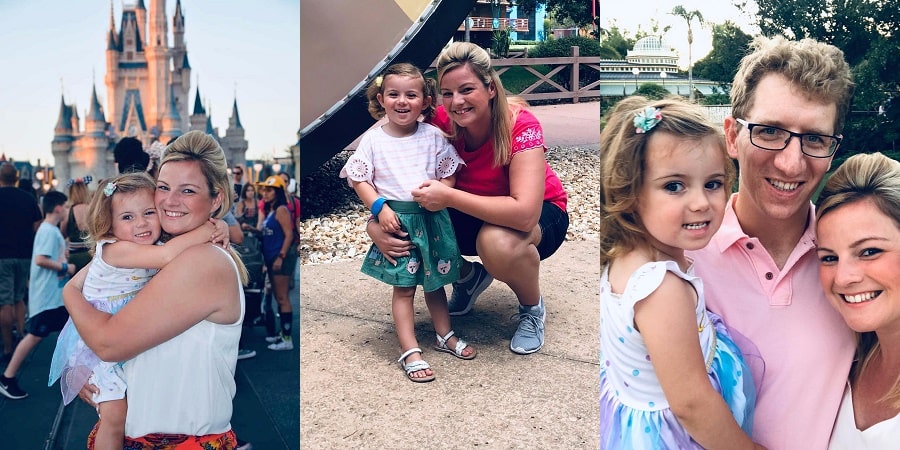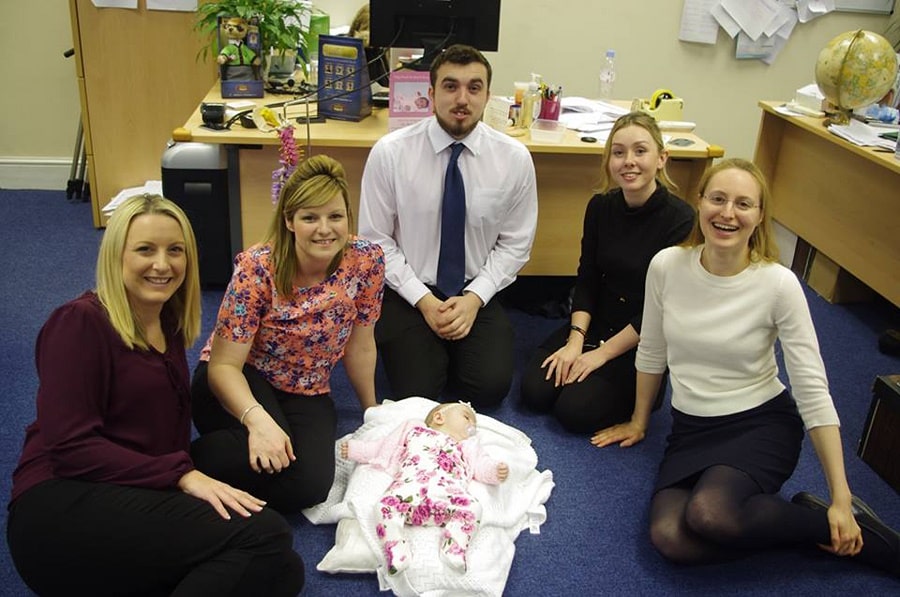
I have worked for Scoliosis SOS for 10 years this month, and over those 10 years I have watched and played a part in the huge growth of the clinic. We can now say that we have treated patients from all over the world, and helped thousands of people to avoid spinal fusion surgery.
Throughout that time, I have also spent time travelling to different scoliosis conferences throughout the world. I met my wonderful husband - who was in fact a ScolioGold therapist! I underwent 3 rounds of unsuccessful IVF treatment, had my amazing little girl (who were told by a consultant we would never conceive naturally!) and I am now 20 weeks pregnant with our 2nd natural miracle! The support of Scoliosis SOS as an employer and a clinic as a whole has been incredible, and words simply cannot describe how amazing I think the ScolioGold method is.

Being rushed through an appointment with an orthopaedic consultant, our patients are often left bewildered in a world of unanswered questions. Patients usually turn to the Internet for guidance and advice.
However, from my personal experience, Google is often the last place patients find that reassurance, and are often left even more worried and concerned about what the future may hold.
So many of the patients and parents I talk to are so confused about their (or their child's) diagnosis and treatment options. Often, they have not even heard about scoliosis and had no idea how quickly it can develop, especially in adolescents. They are often scared, even terrified by what they have been told and have no idea what direction to turn. Most parents or newly-diagnosed scoliosis patients just want someone to listen to them. They want to be given information and facts that are specifically related to their scoliosis, and they also want to hear that there is a very successful, realistic alternative to spinal fusion surgery.
The NHS currently has a very strict protocol for newly-diagnosed scoliosis patients. If a patient’s Cobb angle is less than 40 degrees, they use the relatively non-proactive 'watch and wait' approach. This usually involves a check-up appointment once every 6 months. Rarely is any treatment offered, although occasionally patients are fitted with a hard corset-style brace to try and prevent progression.
What patients are not told is that if they just wear the brace and do no other exercise, the muscles that currently support the spine in their scoliotic posture will probably waste completely, and when they come out of the brace, progression is likely to occur again.
Conversely, research has found that wearing a brace alongside doing specific exercises for scoliosis CAN prevent progression, and patients are often able to hold a non-scoliotic posture when they are not wearing the brace.
Our treatment is designed to strengthen the muscles surrounding the spine, bringing the patient into a more central upright position. The exercises have been proven to reduce the pain caused by muscle imbalance, improve cosmetic appearance by decreasing rotation, and ultimately prevent the patient's Cobb angle from getting any worse. Patients have also been able to reduce the size of their Cobb angle by up to 20 degrees.
Unfortunately, some (not all) orthopaedic consultants are very closed-minded when it comes to exercise therapy. They believe that surgery is the only option once a patient’s Cobb angle exceeds 40 degrees; however, we know this is not the case, and we have helped so many patients to regain control of their lives and manage their condition through exercise rather than by going under the knife.
So, if you or someone you know has been diagnosed with scoliosis, please call Scoliosis SOS and speak to one of our patient care co-ordinators. They will be more than happy to spend time answering all of your unanswered questions, and will be able to offer you advice that relates specifically to your particular condition.
Spinal fusion surgery can come with huge risks for some patients, and being given information on the different options available may just mean you make the decision that is right for you and that you won’t live to regret in 20 years’ time.
From my own personal experience, consultants are not always right and there are always alternatives to what you are told in that 30-minute appointment.
For more information, call Scoliosis SOS on 0207 488 4428 or have a look at our website.